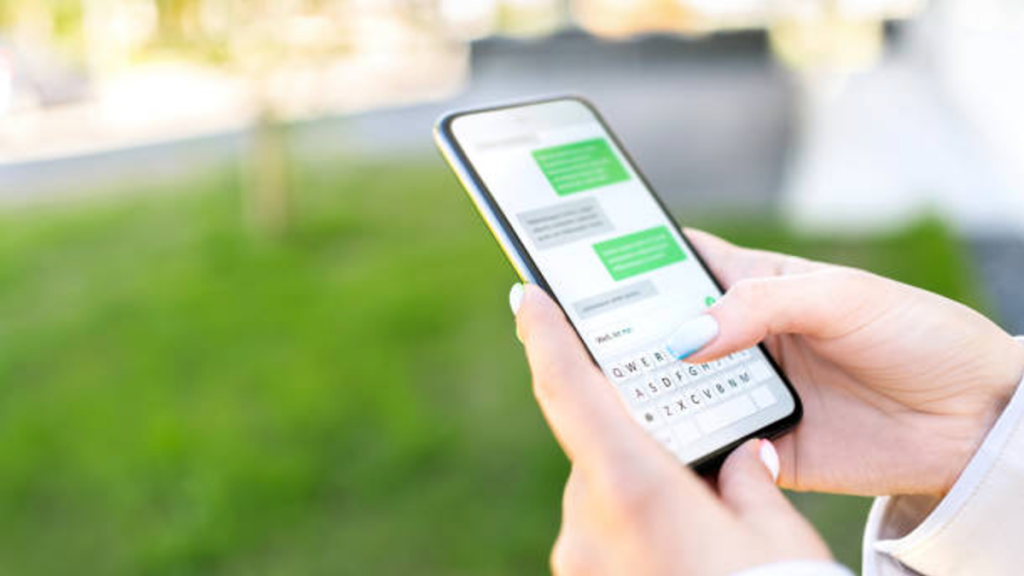In a world where communication is key, managing calls and texts seamlessly has become more important than ever. Whether you’re coordinating with colleagues, staying in touch with family, or managing customer inquiries, effective communication tools and strategies can make all the difference. This guide aims to provide you with the knowledge and tools necessary to handle your communication needs efficiently and effectively.
Understanding the Basics of Communication
Seamless communication refers to the smooth and uninterrupted flow of information between parties. It involves using various tools and techniques to ensure that messages are sent and received without delay or misunderstanding. Seamless communication is essential for maintaining productivity and ensuring that important information is conveyed accurately.
Tools for Managing Calls and Texts
Smartphones and Their Features
Modern smartphones come equipped with a variety of features that facilitate seamless communication with applications available for easy calls and texts on https://apps.apple.com/us/app/2phone-phone-call-texting/id6478869509. These features include:
- Voice and Video Calls: High-quality voice and video calling capabilities allow for clear communication.
- Text Messaging: SMS and instant messaging apps enable quick and efficient text communication.
- Email Integration: Smartphones often come with built-in email apps that allow users to manage their emails on the go.
- Calendar and Reminders: Integrated calendars and reminders help in scheduling and managing calls and texts.
Strategies for Efficient Communication
Prioritizing Calls and Texts
Not all calls and texts are of equal importance. Prioritizing your communication can help in manage your time more effectively. Consider the following strategies:
- Urgency: Respond to urgent calls and texts first.
- Importance: Prioritize communication based on the importance of the sender or the message.
- Time-Sensitivity: Address time-sensitive matters promptly.
Using Automated Responses
Automated responses can be a lifesaver when you’re unable to respond immediately. They can help in acknowledging the receipt of a message and providing an expected response time. Some examples include:
- Out-of-Office Replies: Informing the sender that you are currently unavailable and when they can expect a response.
- Busy Responses: Let the sender know that you are currently busy and will get back to them as soon as possible.
Best Practices for Personal Communication
Maintaining Personal Boundaries
It’s important to set boundaries to ensure that your personal life is not overwhelmed by communication demands. Some tips include:
- Do Not Disturb Mode: Use the Do Not Disturb feature on your smartphone during personal time.
- Separate Work and Personal Devices: Consider using different devices for work and personal communication.
- Clear Communication: Let friends and family know your availability and preferred times for communication.
Effective Listening Skills
Effective communication is not just about speaking but also about listening. To improve your listening skills:
- Active Listening: Pay full attention to the speaker and show that you are engaged.
- Avoid Interruptions: Let the speaker finish before you respond.
- Clarify and Summarize: Repeat back what you have heard to ensure understanding.
Best Practices for Professional Communication
Clear and Concise Messaging
In a professional setting, clarity and conciseness are key. Some tips include:
- Use Simple Language: Avoid jargon and complex language.
- Be Direct: Get to the point quickly and avoid unnecessary details.
- Proofread: Always proofread your messages to avoid errors and misunderstandings.
Handling Difficult Conversations
Difficult conversations are inevitable in any professional setting. To handle them effectively:
- Prepare in Advance: Think about what you want to say and how you want to say it.
- Stay Calm and Composed: Keep your emotions in check and remain professional.
- Listen and Acknowledge: Show that you understand the other person’s perspective.
Follow-up Strategies
Following up on communication is crucial to ensure that tasks are completed and messages are understood. Some tips include:
- Set Reminders: Use reminders to follow up on important conversations.
- Summarize Conversations: Send a summary of the conversation to confirm understanding.
- Check-in Regularly: Regularly check in on ongoing projects and tasks.
Integrating Communication Across Devices
Synchronization Methods
Synchronizing your communication across devices ensures that you never miss a message. Some methods include:
- Cloud Services: Use cloud services like Google Drive or iCloud to sync your data.
- Email Integration: Set up email accounts on all your devices for seamless access.
- Unified Communication Apps: Use apps that offer synchronization across devices.
Privacy and Security in Communication
Protecting Personal Information
Protecting your personal information is crucial in today’s digital age. Some tips include:
- Strong Passwords: Use strong, unique passwords for your accounts.
- Two-Factor Authentication: Enable two-factor authentication for added security.
- Be Cautious: Be cautious about sharing personal information online.
Conclusion
Seamless communication is essential for managing calls and texts effectively. By understanding the basics of communication, utilizing the right tools, and implementing efficient strategies, you can enhance your communication skills and ensure that you never miss an important message.




